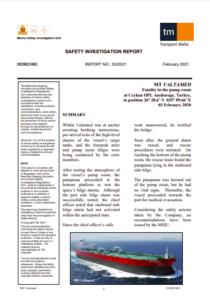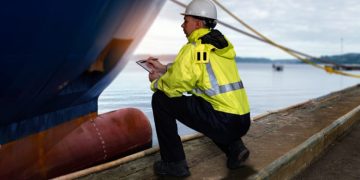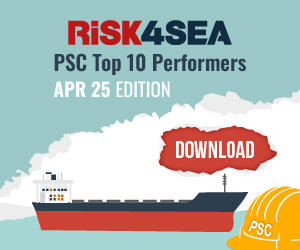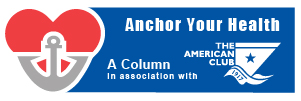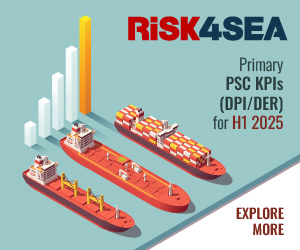Transport Malta MSIU issued an investigation report on a crew fatality in the pump room of the crude oil tanker MT Valtamed, while at Ceyhan OPL Anchorage, Turkey, in February 2020. The autopsy found that the pump man died by n-Butane intoxication and the investigation believes that the presence of H2S in the bilge space may have also contributed, by either causing panic or unconsciousness.
The incident
Whilst Valtamed was at anchor awaiting berthing instructions, pre-arrival tests of the high-level alarms of the vessel’s cargo tanks, and the forepeak store and pump room bilges were being conducted by the crew members.
After testing the atmosphere of the vessel’s pump room, the pumpman proceeded to the bottom platform to test the space’s bilge alarms.
Although the port side bilge alarm was successfully tested, the chief officer noted that starboard side bilge alarm had not activated within the anticipated time. Since the chief officer’s calls went unanswered, he notified the bridge.
Soon after, the general alarm was raised, and rescue procedures were initiated. On reaching the bottom of the pump room, the rescue team found the pumpman lying in the starboard side bilge. The pumpman was hoisted out of the pump room, but he had no vital signs. Thereafter, the vessel proceeded towards the port for medical evacuation.
Conclusions
- The autopsy report concluded that the death of the pump man was caused by n-Butane intoxication.
- The safety investigation believes that the presence of H2S in the bilge space may have also contributed to the accident, by either causing panic or unconsciousness.
- A small leak in the suction valve of the pump room’s starboard bilge, along with the routine draining of water during the warming-up of the steamdriven stripping pump, resulted in accumulation of a small quantity of oily water in the starboard bilge space. It is possible that this oily water may have caused the pump man to slip, struck his head and fall unconscious while attempting to exit the space.
- The pump man was found by a rescue team in the pump room’s starboard bilge space, without vital signs, after he did not respond to repeated calls from the CCR.
- The pump man was conducting tests on the pump room’s bilge alarms when the accident occurred.
- The pump room’s fixed gas detection system alarms did not activate at any point in time surrounding the accident.
- It is likely that the effectiveness of the system was compromised by the distance (4.5 m) between the starboard bilge alarm sensor and the nearest sampling suction point.
n-Butane (normal Butane) is a flammable, colourless and odourless gas. It is heavier than air and may cause a deficiency of Oxygen in spaces where it accumulates. This gas can be absorbed by the body through inhalation and can cause suffocation. The threshold limit value (TLV) of this gas is stated to be 1000 ppm as a short-term exposure limit (STEL). Short-term exposure may affect the central nervous system (CNS).
Actions taken
During the safety investigation, the company took the following measures to prevent similar accidents onboard Valtamed:
- The pump room’s starboard bilge alarm sensor was shifted to a location from where it was possible to remotely test the alarm without entering the bilge space, using a steel wire.
- The access manhole to the starboard bilge space was locked and the lightening holes within the space were blocked off using steel bars and is not considered as part of the pump room.
- The Company required a separate enclosed space entry permit to be completed whenever it was necessary to enter the pump room’s starboard bilge space.
- The pump room’s fixed gas detection system was upgraded, and a new sampling suction point was inserted in the vicinity of the starboard bilge space access.
- All valves on the stripping pump suction line and the suction valves of the pump room bilges were overhauled and pressure tested.
- The arrangement for stripping the AUS drain tank was modified to eliminate the risk of accidental contamination of the bilge spaces by cargo residue and vapours.
- Since Valtamed was the only vessel in the Company’s fleet to have this pump room layout, a ship-specific training and bilge space entry procedures were implemented onboard.
Moreover, the Company took the following measures onboard the rest of its crude oil tankers:
- It is mandatory for persons entering the pump room to carry an emergency escape breathing device (EEBD) with them.
- The pump room entry procedures were reviewed, and new procedures were implemented.
- The software of all personal and portable gas detectors was upgraded with a built-in data logger enabling storage and retrieval of alarms.
- Five extra EEBD sets were assigned for the pump rooms on all crude oil tankers managed by the company.
Explore more by reading the full report:
